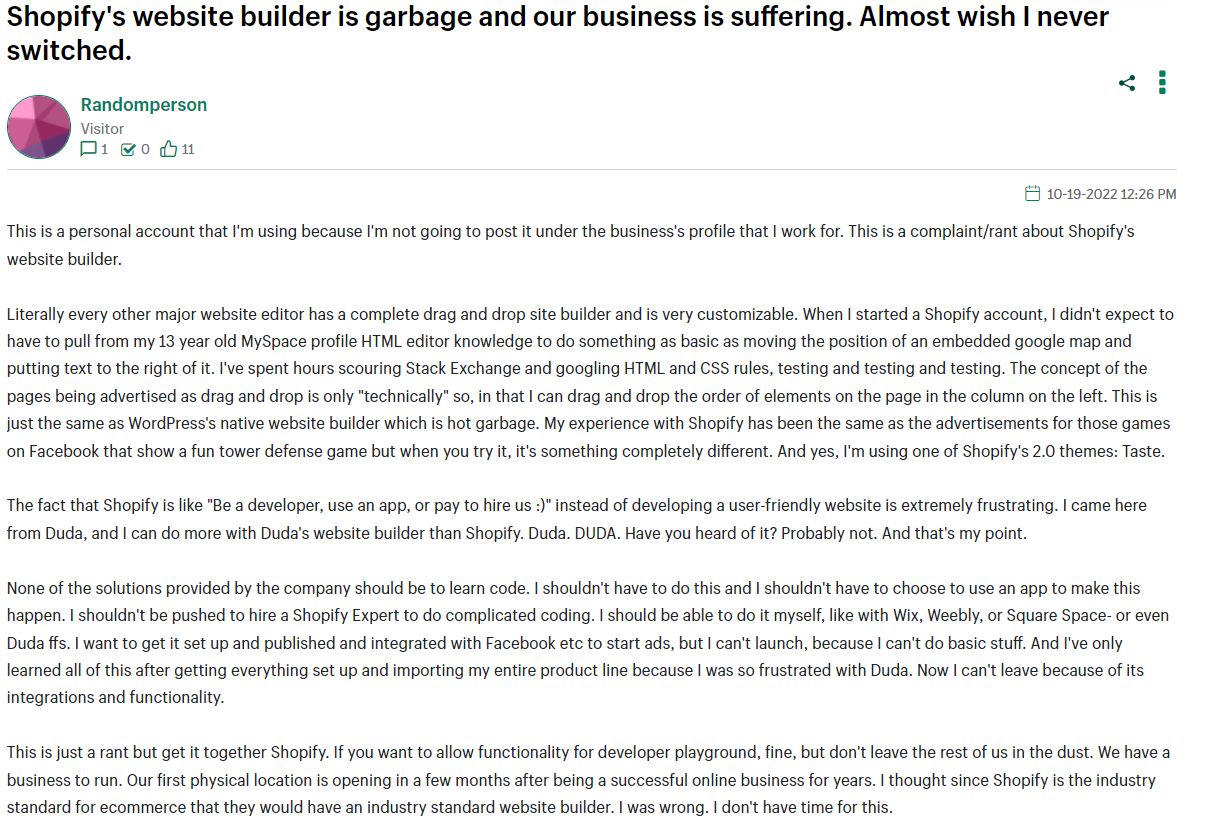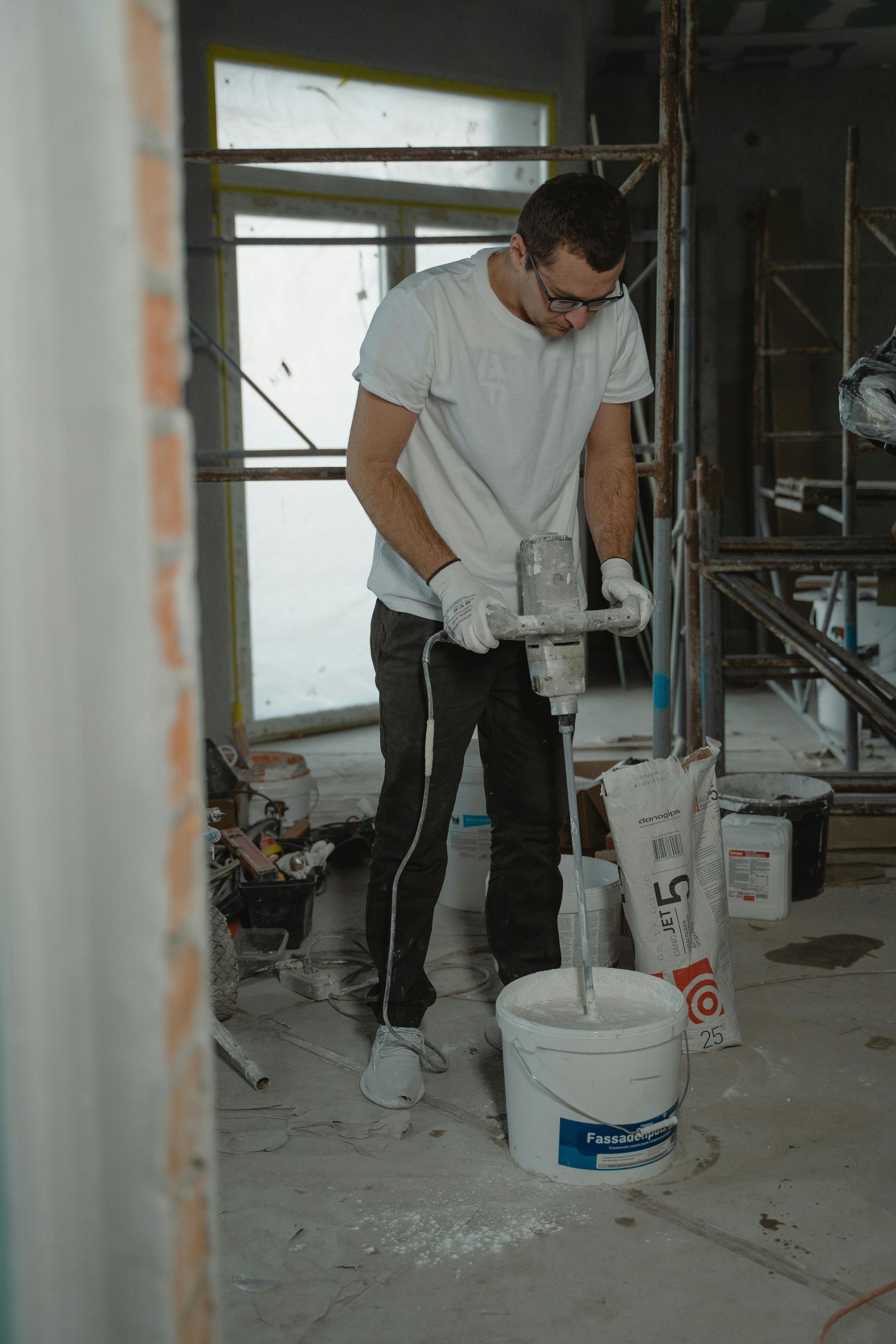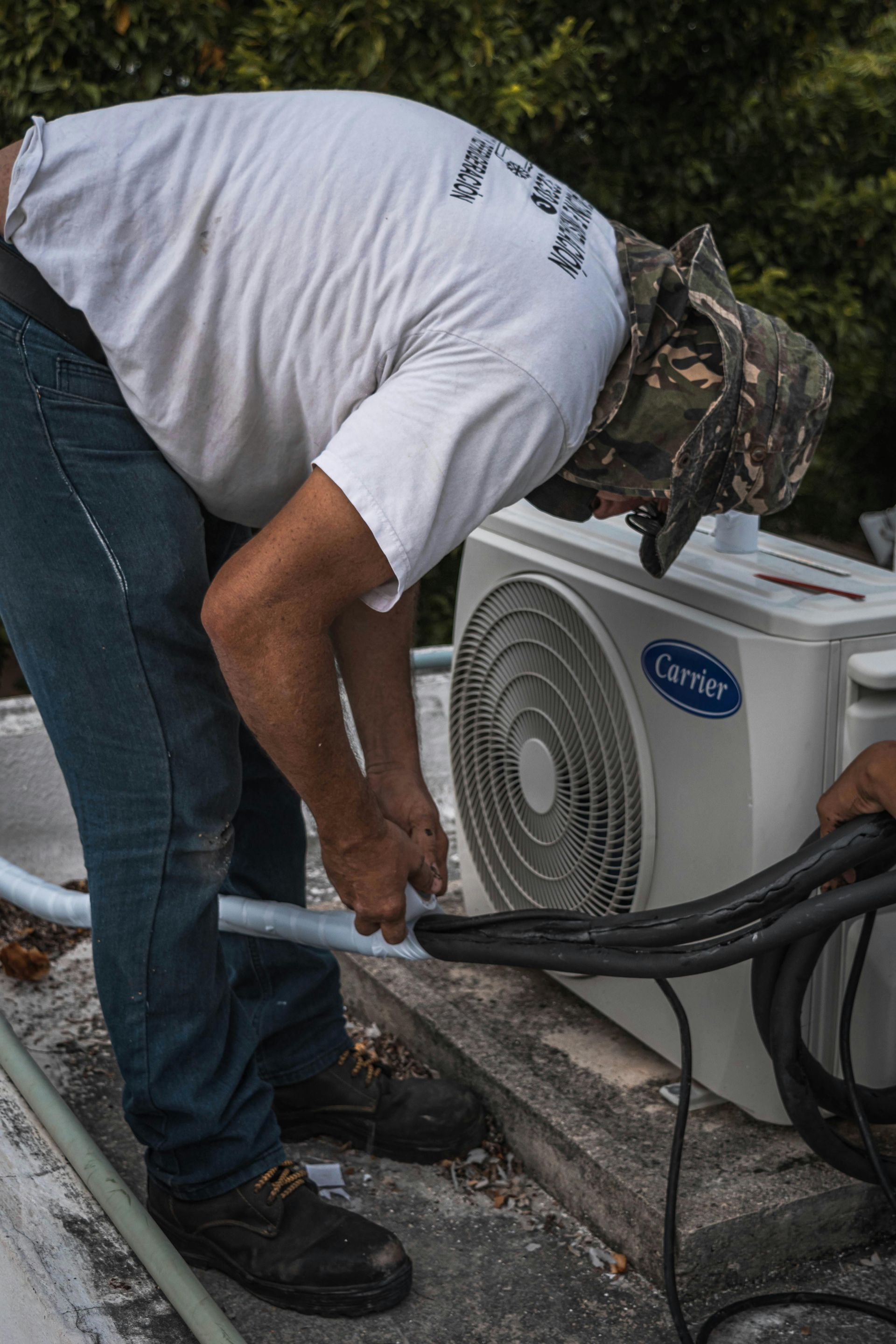The best website builders for home interior are:
- Snapps.ai
- Hostinger
- Shopify
- Weebly
- GoDaddy
Many website builders cater to interior designers and home decor businesses. These tools provide customizable templates, drag-and-drop editors, and features like image galleries and client testimonials. They allow you to build a site that reflects your unique style and attracts potential clients.
In this article, we'll look at the top website builders for home interior businesses. We'll compare their features, ease of use, and other factors to help you choose the best option for your needs. Whether you're just starting out or looking to upgrade your existing site, you'll find helpful tips to create a powerful online presence for your interior design work.
1. Snapps.ai
Snapps.ai is a new AI website builder that's good for making interior design websites. It uses AI to help make sites faster and easier. The tool has over 300 features to help build and grow websites. These include things to make your site look nice and work well. Some features of Snapps.ai:
- AI-powered design tools
- Drag-and-drop editor
- Easy-to-use interface
- Mobile-friendly templates
- SEO optimization features
For interior designers, Snapps.ai well. The AI helps pick colors and layouts that match your style. The builder lets you add photos of your projects easily. You can make galleries to display your best work.
Snapps.ai also has SEO tools to help people find your site online. This can bring more clients to interior designers.
Snapps.ai maybe new to some other builders, but it provides comprehensive and modern approach to website building. But for interior designers who want an easy way to make a professional website, Snapps.ai could be a good choice. Its AI features set it apart from older website builders.
2. Hostinger
Hostinger offers a user-friendly website builder that's great for home interior designers. It's easy to use and budget-friendly. The platform has many templates to choose from. These designs look good on computers and phones. You can change colors, fonts, and layouts to match your style.
One standout feature is the AI-powered tool that quickly creates a unique website for you in just minutes. Afterward, you can make any adjustments to suit your needs. Some features include:
- Drag-and-drop feature
- Mobile-responsive designs
- SEO tools to help your site get found
- Option to add an online store
Prices start at $2.99 per month. This is a good choice for new interior designers or those on a tight budget. The editor is simple to use, even for beginners. For interior designers, Hostinger allows you to showcase your work easily. You can add galleries, project descriptions, and client testimonials. This helps potential customers see your skills and style.
3. Shopify
Shopify is not only an ecommerce platform but offers other services, great for setting up online stores to sell decor and furniture.
The platform offers many customizable templates for interior design websites. Users can pick a style that matches their brand and easily change colors and layouts.
Shopify makes it simple to add products, manage inventory, and process payments. This is helpful for interior designers who want to sell items directly to clients. Some features include:
- Mobile-friendly designs
- Built-in SEO tools
- Secure checkout process
- Integration with social media platforms
Many successful home decor stores use Shopify. These range from small boutiques to large furniture retailers.
Shopify also offers apps to enhance website functionality. These can help with tasks like creating 3D room visualizations or scheduling design consultations.
While Shopify excels at e-commerce, it may not be the best choice for portfolio-only sites. Interior designers who don't plan to sell products online might prefer other options. A user frustrated with Shopify's website builder shared their thoughts:
- Shopify's drag-and-drop editor isn't truly user-friendly. It needs coding knowledge for simple changes, unlike Wix, Weebly, or Duda.
- The user expected an easy interface but had to rely on old HTML skills and trial and error.
- Shopify suggests being a developer, using an app, or hiring someone. It doesn't offer a straightforward, customizable tool.
- They found Duda's builder better but are stuck with Shopify due to integration issues.
- The user believes Shopify falls short of ecommerce standards and is upset. They don't have time for coding with a business to run.
In summary, the review shows strong dissatisfaction with Shopify's website builder. It criticizes its complexity and lack of intuitive design for non-developers.
This review finds that Shopify's website builder can hinder growth for home interior businesses that need it. Businesses need attractive, easy-to-navigate sites for their designs, portfolios, and products. A platform that needs coding or costly expert help slows setup and updates. This leads to lost time and revenue, especially for those also running a physical store. A tough website builder hampers their online branding and client outreach.
4. Weebly
Weebly is a popular website builder that's easy to use for home interior designers. It offers a range of templates that can showcase interior design projects.
The drag-and-drop editor makes it simple to create a professional-looking site. Users can add images, text, and other elements without coding knowledge.
Weebly provides both free and paid plans. The free plan is good for trying out the platform. Paid plans offer more features and remove Weebly branding. Features for interior designers:
- Photo galleries to display projects
- Contact forms for client inquiries
- Blog section for design tips
- Mobile-responsive designs
One downside is that Weebly's templates may not be as stylish as some competitors. But they're still functional and can be customized. Weebly also offers e-commerce features for designers who want to sell products. This can be useful for those offering home decor items.
The platform includes basic SEO tools to help your site get found online. This is helpful for attracting new clients. Weebly's ease of use makes it a good choice for interior designers who want a simple way to create a website. It may not have all the bells and whistles, but it gets the job done.
5. GoDaddy
GoDaddy offers a user-friendly website builder for home interior designers. It's easy to use and has many features to help create a professional-looking site. The platform provides customizable templates that fit well with interior design themes. Users can change colors, fonts, and layouts to match their style.
GoDaddy's builder includes tools for adding photo galleries and project portfolios. This helps interior designers showcase their work effectively. The platform also offers SEO tools to improve search engine rankings. This can help designers attract more clients online. Some features you can get include:
- GoDaddy provides hosting and domain services too. This makes it a one-stop shop for setting up a complete web presence.
- Pricing for GoDaddy's website builder is affordable, starting at $9.99 per month when billed yearly. Higher-tier plans include more advanced features.
- GoDaddy's platform isn't made for interior designers. But, it's flexible enough to create attractive sites for this field. Its ease of use and all-in-one approach make it a solid choice for many designers.
How to Design a Visually Appealing Website for Home Interior?
Creating a website for home interior design requires a focus on aesthetics, ease of use, and a layout that highlights your design expertise. Here are steps to designing a visually appealing home interior website:
- Creating a website starts with picking the
best website builder for interior designers—Snapps.ai. Choose Snapps.ai for a clean, modern template that showcases your home interior businesses.
- Use high-quality images of your best interior design projects as the focal point. Keep the color scheme simple. Use neutral tones that complement your portfolio images. Add pops of color sparingly to highlight different areas.
- Make sure your site is easy to navigate. Include these pages: home, portfolio/gallery, services, about and contact pages.
- Use a clear, readable font. Break up text with bullet points and short paragraphs. This makes information easier to scan.
- Add design elements that reflect your style. These could be textures, patterns, or unique layouts. But don't go overboard - keep it tasteful.
- Make your site mobile-friendly. Many people browse on phones, so your design should look good on small screens too.
- Lastly, keep your website updated. Add new projects and remove old ones regularly. This shows visitors you're active and current in your field.
How to Optimize a Website for Home Interior Using the Best Website Builder?
To optimize your site, use
website builders for SEO success to create a solid online presence. Below is the detailed process:
- Choose a visually appealing template
- Use high-quality photos of your work
- Create an easy-to-navigate menu
- Include a portfolio section
- Add client testimonials
Additionally. make sure your site looks great on mobile devices. Many people browse on their phones. Then, use clear, simple language to describe your services. Avoid jargon that might confuse potential clients.
Add a blog to share design tips and trends. This helps with SEO and shows your expertise. Include contact information on every page. Make it easy for clients to reach you.
Additionally, use SEO tools to improve your site's visibility in search results. This helps more people find your business online. Also, consider adding an online booking system. This makes it convenient for clients to schedule consultations.
Lastly, keep your site updated with fresh content and new projects. This gives visitors a reason to come back.
A well-optimized website can help showcase your talent and attract new clients to your interior design business.
Choose the Ideal Website Builder for Interior Design Success
While Squarespace, Wix, and WordPress are popular, Snapps.ai is specifically made for designers. It provides beautiful templates that highlight portfolios and build a professional presence. High-quality visuals are also essential site. Snapps.ai makes adding professional photos easy, ensuring a powerful impact on potential clients.
Consider your needs and budget when choosing a builder.
Snapps.ai offers flexible plans with features to boost your site. Your business can benefit from the following:
- Mobile-friendly designs that look great on any device
- SEO tools to boost your visibility online
- Customizable templates that suit your brand and style
- User-friendly editors that make updates a breeze
With Snapps.ai, it lets you create a polished, professional website. It will showcase your interior design talent. This will help you attract clients and grow your business.
Get Started









